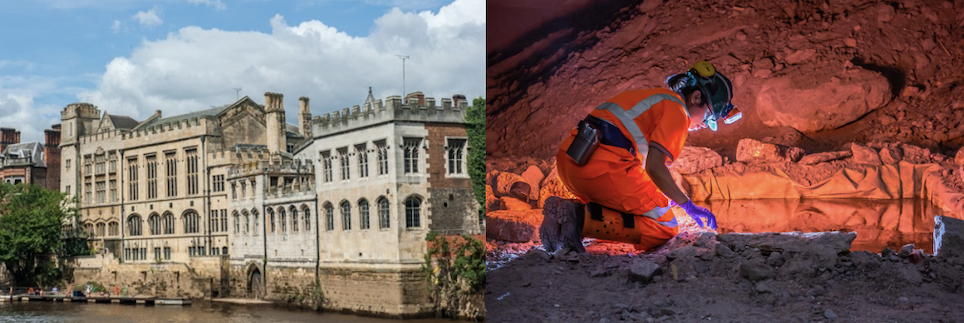Speaker
Description
20-minute talk + 10-minute questions
Deep underground laboratories at physical research centers possess an outstanding potential for hosting biological experiments in fields of biophysics, radiobiology, astrobiology, microbiology and medicine. Molecular genetics group of DLNP JINR initiated cooperative studies in the deep underground low radiation background laboratory (DULB-4900) and horizontal tunnel of Baksan Neutrino Observatory (BNO INR RAS), located ~2.5 km beneath the peak of Andyrchy mountain (3937 m) and 25 km away from Elbrus mountain (North Caucasus, Russia). Initial biological experiments were performed in 2019 and aimed to register for the first time the response of complex model organism (Drosophila melanogaster) to the low background radiation by transciptomic technique and to analyze the obtained results in terms of the impact of different types of stress through comparative transcriptome analysis. The list of 77 differentially expressed genes in D. melanogaster exposed to low radiation background in DULB-4900 (~16 nGy h-1) relatively to the natural radiation background at the surface building (~190 nGy h-1) was obtained. In DULB-4900, up-regulation of genes related to immune response, response to stimuli and down-regulation of genes involved in primary metabolic processes were observed. Changes in gene expression reflect an adaptive response to DULB-4900 conditions that are stressful and not typical for terrestrial organisms, possibly due to the chronic lack of external natural stimuli. Next, the biological impact of the cosmic component of natural background radiation will be studied through the focus on high energy muons (>1 GeV). On that goal combined experiments at DULB-4900, enabling nearly complete shielding of muons, and at muon beam of accelerator facility U-70 (IHEP, Protvino) are conducted. The locations of Baksan Neutrino Observatory and especially far unused parts of the 4.5-km-length tunnel located 2.5 km deep underground are highly perspective for the research of deep underground organisms and extremophiles. This is one of the deepest easily-accessible locations in North Caucasus and Russia and, notably, it is in proximity to dormant Elbrus volcano . Our group managed to discover and perform metagenomic analysis of the biofilm community inhabiting deep underground mineral spring in granitic rock. The study was accomplished by the cultivation of some microorganisms and have already lead to the discovery of several novel genera and species of bacteria. To sum up, the exploration of unique microbial communities in Baksan Neutrino Observatory reveals deepest microbiomes ever studied in North Caucasus and Russia, which will contribute to the knowledge on the global distribution of deep underground biosphere.

